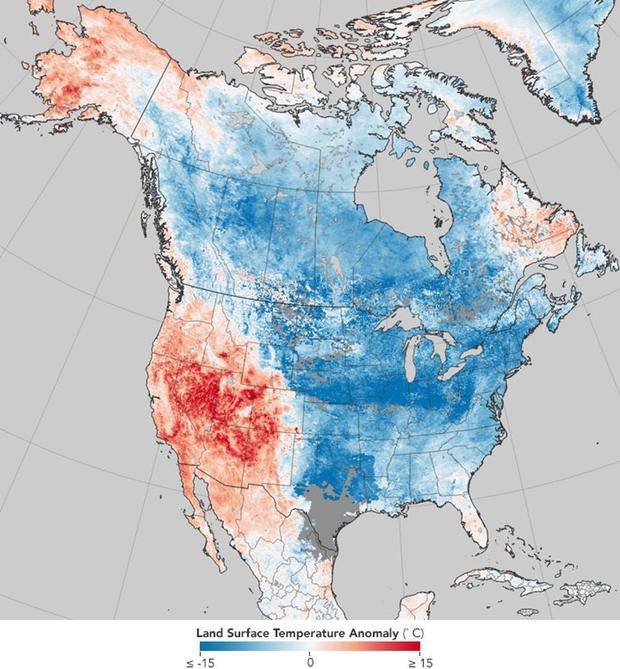Thomas Edsall has written a very important and provocative essay for the New York Times on how robotization affected US politics in 2016. He takes the study done by Daron Acemoglu and Pascual Restrepo, “Robots and Jobs: Evidence from US Labor Markets,” which was published in March 2017. The abstract of the paper summarizes their conclusions:
“….we estimate large and robust negative effects of robots on employment and wages across commuting zones. We bolster this evidence by showing that the commuting zones most exposed to robots in the post-1990 era do not exhibit any differential trends before 1990. The impact of robots is distinct from the impact of imports from China and Mexico, the decline of routine jobs, offshoring, other types of IT capital, and
the total capital stock (in fact, exposure to robots is only weakly correlated with these other variables). According to our estimates, one more robot per thousand workers reduces the employment to population ratio by about 0.18-0.34 percentage points and wages by 0.25-0.5 percent.”
They also show the geographic distribution of robots in the US, a distribution which bears a striking similarity to the electoral strengths of President Trump in the 2016 election.

Edsall then goes on and shows how robotization has affected the employment of non-college educated workers and how those individuals cast their ballots in 2016. The graphic in the article is quite striking as is described by Edsall in these words: “Among whites with college degrees, support for Trump fell by 11 percentage points compared with support for Mitt Romney; among whites without degrees, Trump’s support rose by 12 points when compared with Romney’s.” Edsall then goes on to point out how this economic dislocation fed into racial resentments, forming the key component of the electoral base for Trump’s victory. This argument deserves very close examination and thought.
Alaska was warmer than South Hadley, MA in December. It recorded an average temperature for the month which was 15.7ºF higher than the 20th century average. According to Think Progress:
“The National Oceanic and Atmospheric Administration (NOAA) reported this week that Alaska averaged 19.4°F for the month, topping the previous record (1985) by a whopping 2.1°F.”
In addition, Arctic sea ice “set a new end-of-year record low”. The pattern of frigid cold spells in the US northeast because of global warming is an unwelcome pattern. We don’t know yet whether the pattern will become fixed. CBS News describes the science so far: “It’s hard to nail down whether this weather pattern – overall warmer winters in North America but longer cold snaps – will persist. Understanding the mechanisms behind these complex interactions between natural influences and human-caused changes is challenging.” I certainly hope that the pattern does not take hold.

Leave a comment